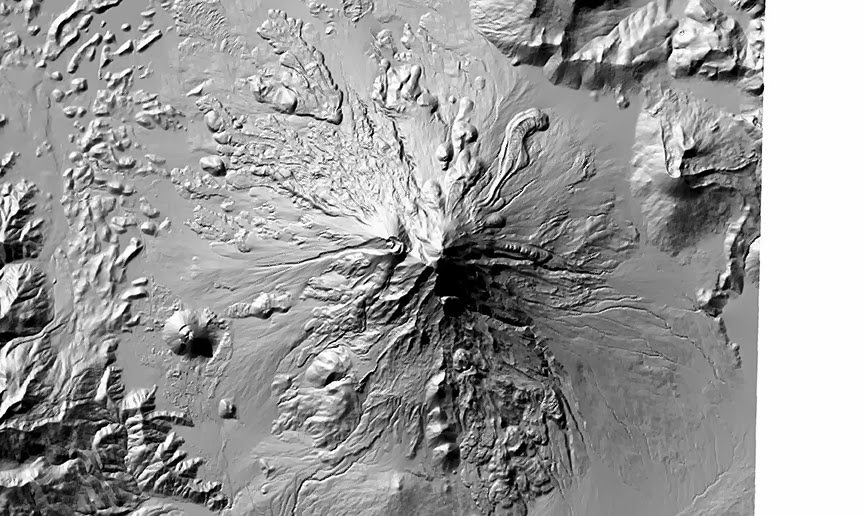Tuesday, September 16, 2014
Friday, September 5, 2014
CORE GIS featured in NACIS Atlas of Design
Thursday, May 29, 2014
Destination Darrington
Last week I was hired by a consortium of non-profits to make a map and brochure of recreation opportunities in Darrington, which has been economically devastated by the tragic slide in Oso. We went from initial concept to final product in less than six days!
Senator Murray has been promoting the Darrington area and the map is part of the larger effort to get tourists to visit this summer. There is a front-page story about it in the Everett Herald today, And here is the newly created site where you can check out the map.
REI will be printing 20,000 (!) of these maps and distributing them for free from their stores throughout Washington.
Senator Murray has been promoting the Darrington area and the map is part of the larger effort to get tourists to visit this summer. There is a front-page story about it in the Everett Herald today, And here is the newly created site where you can check out the map.
REI will be printing 20,000 (!) of these maps and distributing them for free from their stores throughout Washington.
Tuesday, March 11, 2014
An Illustration of Raster Cell Resolution
I use a lot of raster data, both for cartography and analysis. Recently, I was asked to build a digital elevation model of the entire state of California at 10 meter resolution. This means the entire state is covered in square-shaped cells that are 10 meters on each side, and each cell contains a value for the elevation in its center. That works out to over four million pixels!
The resultant data layer was very, very large, so I asked the client if a coarser resolution would suffice, and I provided some examples. He said they really needed a hillshade of topography at 10 meters, and I found a way to make it work. After the data were delivered, I realized it made for a very nice illustration of how resolution affects the level of detail within raster data.
First, a series of hypothetical illustrations of resolution, with a real world example of a dataset at that resolution. The extent of the multi-colored images below is the same, the only thing changing is the resolution of the cells:
And now for a real-world illustration of resolution using digital elevation models for the area around Mt. Shasta in Northern California. Click images to embiggen:
The bottom line is that more resolution isn't always better. The scale at which the data will be displayed or analyzed should always dictate the resolution of your raster data.
The resultant data layer was very, very large, so I asked the client if a coarser resolution would suffice, and I provided some examples. He said they really needed a hillshade of topography at 10 meters, and I found a way to make it work. After the data were delivered, I realized it made for a very nice illustration of how resolution affects the level of detail within raster data.
First, a series of hypothetical illustrations of resolution, with a real world example of a dataset at that resolution. The extent of the multi-colored images below is the same, the only thing changing is the resolution of the cells:
 |
| 1000m (1 km) 4 cells Forecasted changes to the distribution of birds in the Pacific Northwest, Global digital elevation models |
 |
| 90m 484 cells Bathymetric data, SRTM, older satellite imagery |
 |
| 30m 4,356 cells Most Landsat, some topographic data, much national scale landcover/vegetation |
 |
| 5m 160,000 cells Regional Conservation Strategy data, some satellite imagery |
 |
| 1m 4,000,000 cells NAIP imagery (same used for the Lark), LiDAR topographic data |
And now for a real-world illustration of resolution using digital elevation models for the area around Mt. Shasta in Northern California. Click images to embiggen:
 |
| 1000m The volcano is barely recognizable, unless you step way back from your monitor and blur your vision a bit |
 |
| 90m Much better! Definitely looks like a volcano now. But still not too much detail. |
 |
| 30m Now we're starting to see some real detail. Individual ridges and valleys are clearly discernible. |
 |
| 10m Surprisingly, the 10m data doesn't look that much better, at least at this scale. So... |
 |
| 30m If we zoom in to the caldera, we can see some details in the 30m data, but they aren't very crisp. |
 |
| 10m This image shows the same area, but with the 10m data--it shows much, much more detail. |
The bottom line is that more resolution isn't always better. The scale at which the data will be displayed or analyzed should always dictate the resolution of your raster data.
Subscribe to:
Posts (Atom)




